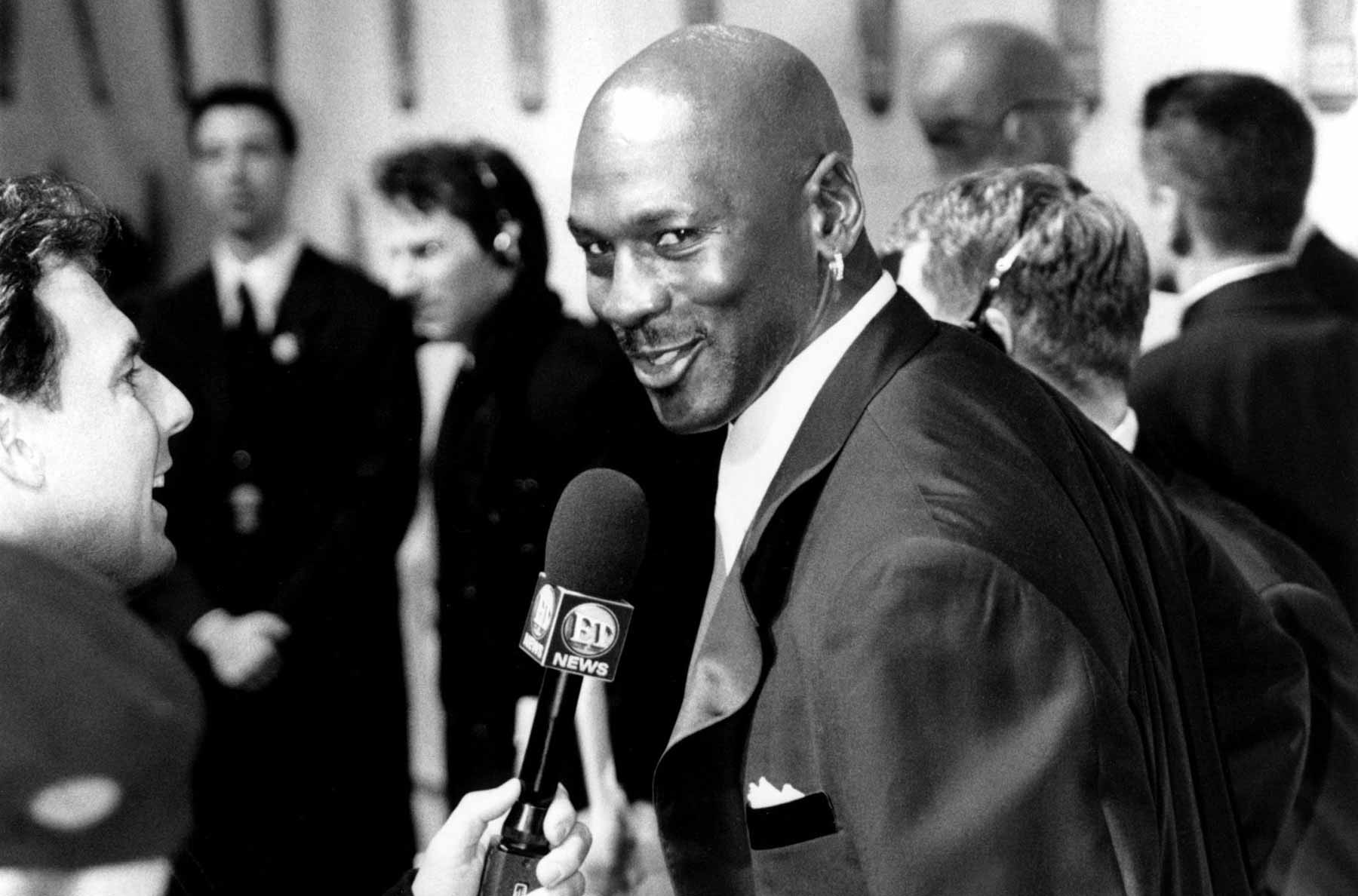Hope you are all doing well. It was a bad week for stocks. A sharp pullback on Tuesday, the worst daily decline since 2020, sent the major U.S. stock indexes to their steepest weekly declines since June. The market fell for the fourth time in five weeks, with the NASDAQ and S&P 500 dropping 5.5% and 4.7%, respectively. Michael Jordan’s NBA 1998 NBA finals jersey sold for 10 million dollars this week. I have broken down this week’s news using quotes from the basketball legend.
We have another U.S. Federal Reserve interest-rate hike looming this coming week and their fight against inflation is far from over. The hope and expectation was for inflation to continue on a downward trajectory and it did. The problem was not the overall number it was the underlying numbers that comprise it. The market is trying to gauge when the Federal Reserve will stop raising rates. Core inflation which excludes food and gas prices, rose instead of declined. The increase is attributable to a rise in the cost of services and shelter. The fear that gripped the market on Tuesday was related to how this data point might impact future Federal Reserve decisions. It is apparent that it will take a little bit longer to get inflation down to a point where they can pause the rate hikes.
The market declines cause fear and it’s easy to let your mind go to the worst case scenario. The worst case scenario is not likely. Here’s why you shouldn’t be overly concerned about this sub par inflation number. First, it follows a month in which we got a surprisingly low read. Second, energy prices continue to fall. The average retail gasoline price has fallen to $3.70 from a peak of $5.05. Third, supply chains continue to improve, the New York Fed’s Global Supply Chain Pressure Index has fallen for four straight months to its lowest since January 2021. Fourth, shelter inflation historically lags change in home prices by several quarters. Home prices are leveling, and shelter inflation was the biggest driver of the increase in core inflation.
FedEx is going to need to learn to adjust to reduced demand as we shift into a post pandemic economy. The company saw market conditions deteriorate rapidly in the second half of August, and it’s so uncertain about the months ahead that it pulled its full-year guidance. The news sent shares of FedEx down more than 20% and contributed to a broader stock sell-off on Friday. There is nothing shocking here. FedEx is just confirming what we already know. Demand for goods is softening as consumers spend less on discretionary items. This softening is not necessarily indicative of the economy grinding to a halt. It is more reflective of life returning to normal 30 months out from the start of the pandemic. As I mentioned above, prices for services are increasing. The warning from Fed Ex just confirms a trend that consumers are now spending on services and not getting as many goods shipped. What FedEx experienced in August could also be partially attributable to the supply chains improving and back logs being cleared which is actually a positive.
If you’d like to speak about your investments or your plan, my calendar link is below and you can schedule a phone or zoom appointment at any time.





